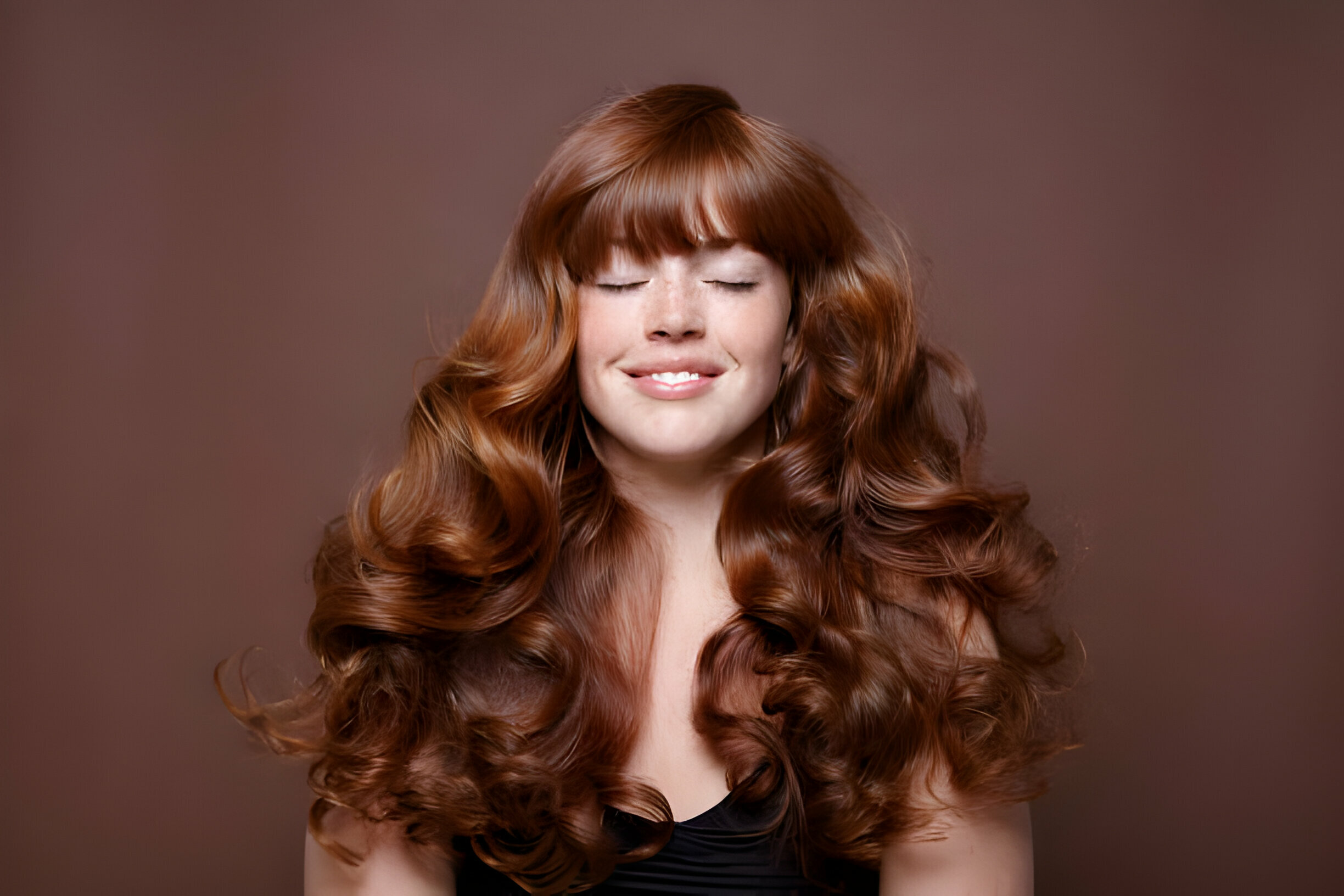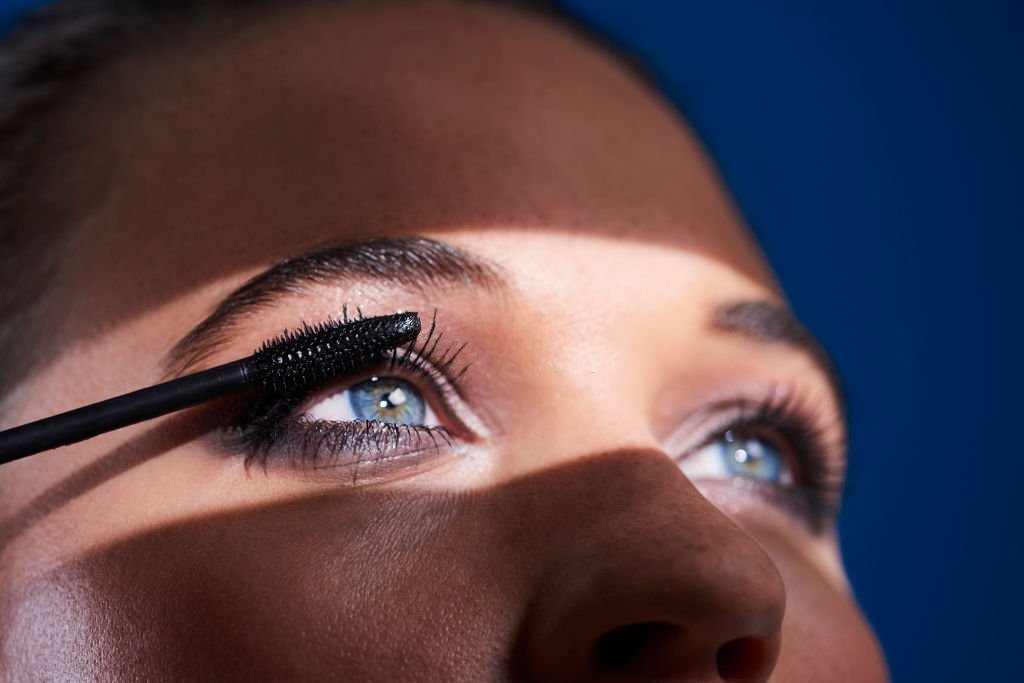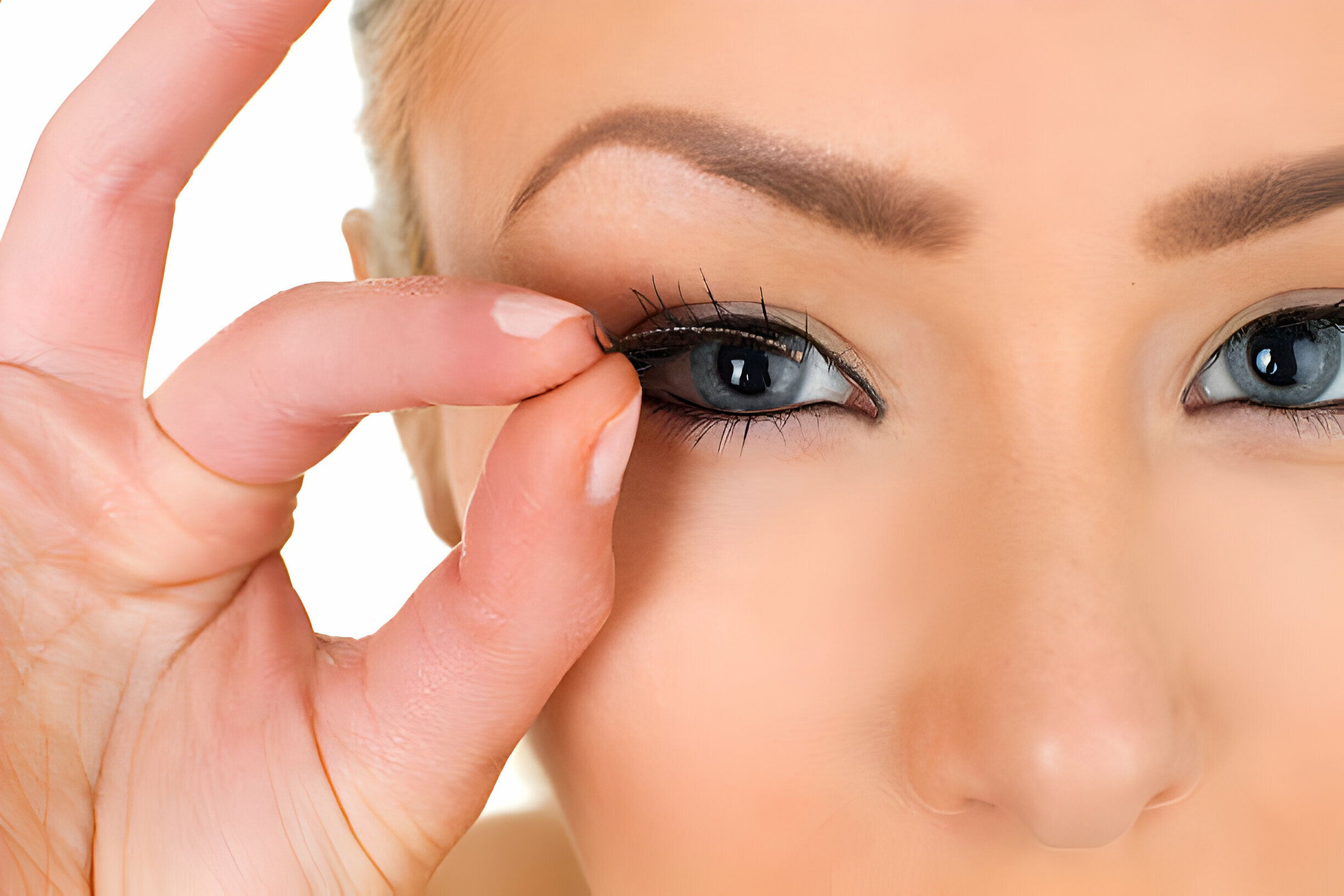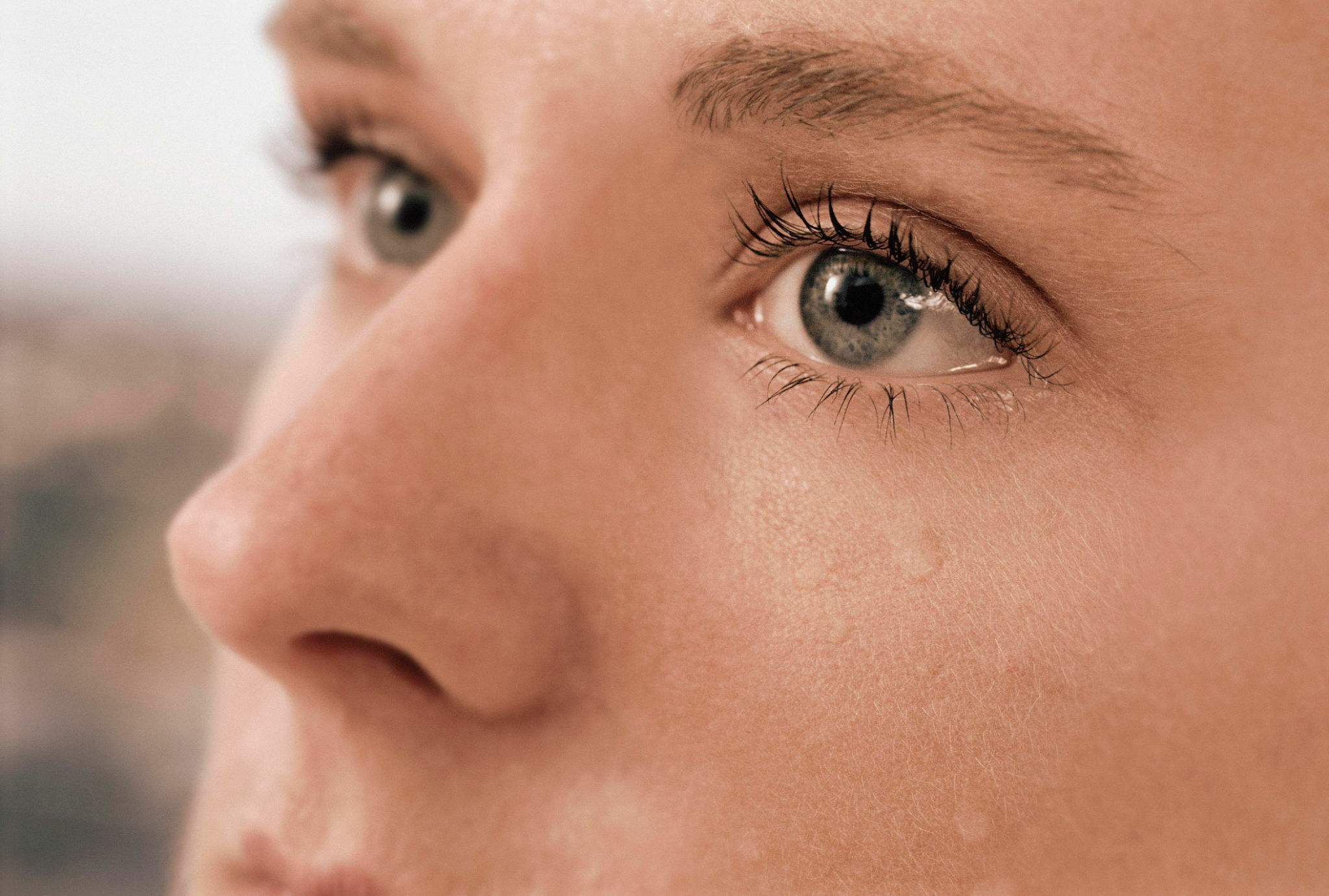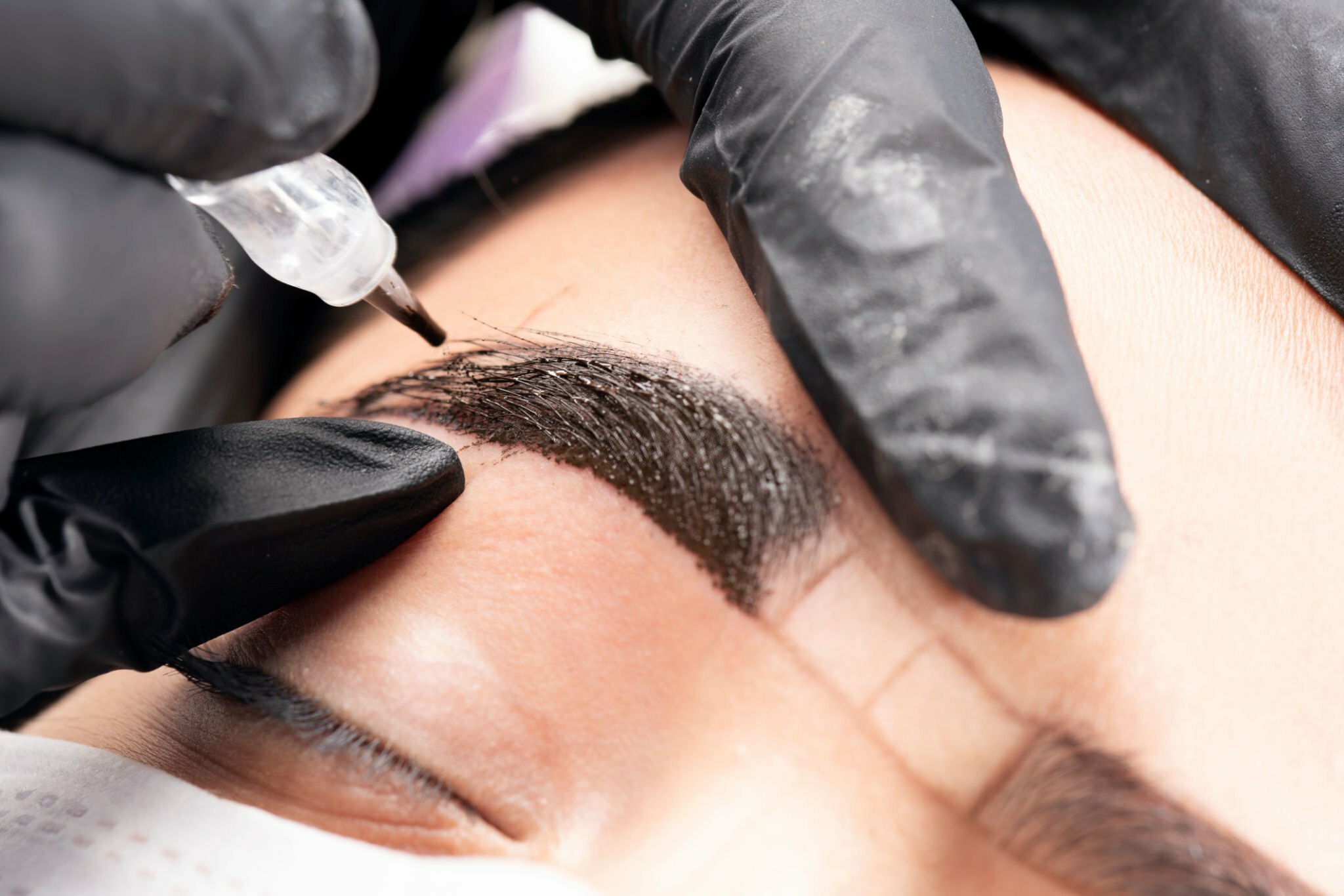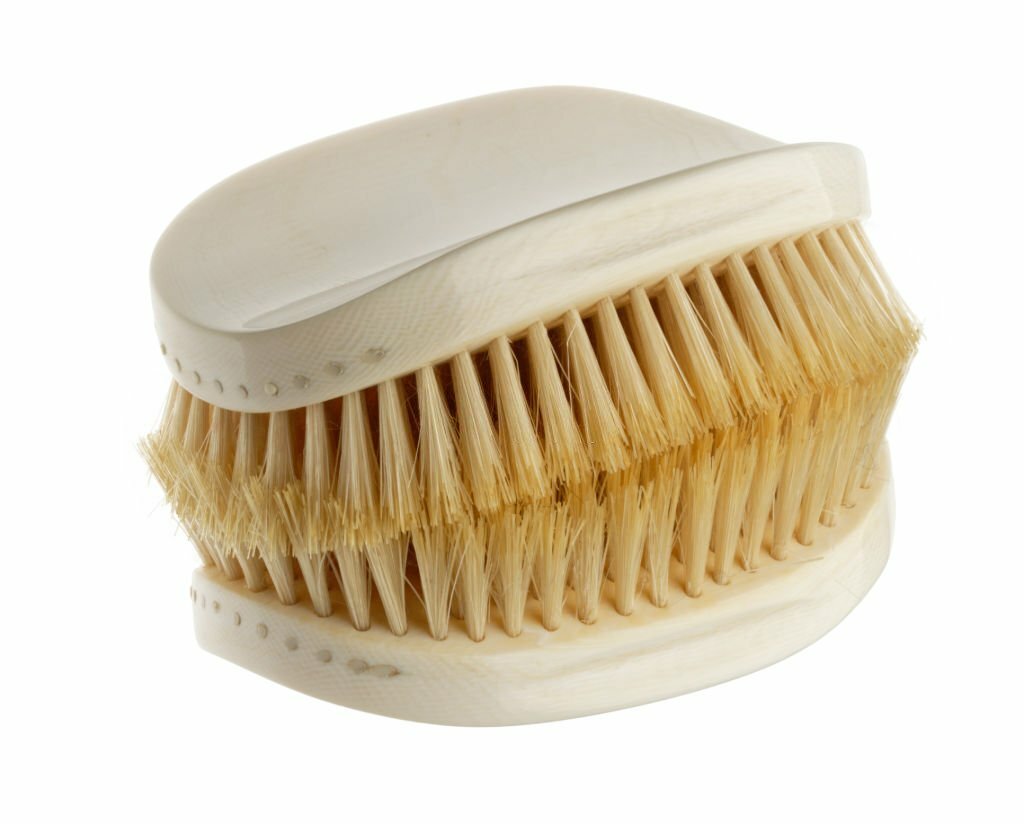How Long Does A Quick Weave Last?
A quick weave is a popular protective hairstyle that allows wearers to achieve a full, glamorous look without a long-term commitment to their natural hair. It works by braiding or cornrowing the natural hair close to the scalp and sewing or bonding durable synthetic or human hair extensions along the braids.
Within the black community, quick weaves have risen in popularity as a low-maintenance style that provides versatility for varying hair lengths and textures. However, many wonder how long a quick weave installation can reasonably be expected to last before it begins to look tired or needs refreshing. The length of time a quick weave will maintain its fresh appearance depends on several factors related to the materials used, installation method, care practices, lifestyle, and environmental conditions. This article How Long Does A Quick Weave Last? We will explore those determining factors and provide an estimated duration range that most clients can expect from a properly installed quick weave.
Definition and Types of Quick Weaves
A quick weave is a popular hair extension method that involves attaching hair wefts to the natural hair using adhesive glue or sewing. Quick weaves provide fullness and length to natural hair in a short time.
The three main types of hair used for quick weaves are:
- Synthetic hair: Made of plastic fiber and very affordable. Synthetic hair doesn’t blend well with natural hair.
- Human hair: Made from real human hair and mimics the texture of natural hair. More expensive but blends well and can be reused.
- Virgin hair: Human hair in its natural, unprocessed state. Most versatile and mimics natural hair. Most expensive option.
Two primary methods are used to install quick weaves:
- Glue-in: Weft hair extensions are glued along the perimeter of hair using bonding glue adhesive. Faster installation but can damage hair if not removed properly.
- Sew-in: Extensions sewn onto cornrows with a needle and thread. More protective of natural hair but takes longer to install. The stitching pattern can vary.
How Long Does A Quick Weave Last?
A quick weave is a hairstyle where hair extensions are bonded to a protective cap or natural hair. The durability of a quick weave depends on factors like the quality of the hair extensions, the adhesive used, maintenance routine, and individual hair type and care practices. On average, a quick weave can last two to four weeks. However, leaving the weave in for extended periods is not recommended, as it can cause hair breakage, scalp irritation, or product buildup. Proper care of natural hair and scalp is crucial, and regular maintenance, including cleaning and conditioning, can prolong the weave’s lifespan and minimize potential damage.
Signs for Removal
Knowing when to remove or adjust your quick weave is important to maintain hair health and avoid damage. Here are some key signs that indicate it’s time for removal or adjustment:
Shedding
Excessive shedding is one of the most common signs that your quick weave has run its course. Shedding and detachment can occur as the bonds between the extensions and your natural hair weaken. Pay attention to hairs gathering at the base of the weave tracks or any balding spots. More than 50-100 hairs shed per day is considered excessive.
Lifting
Lifting occurs when sections of the weave tracks begin to separate from the braids underneath. This creates an uneven appearance. The weakening of the adhesive bonds causes lifting. As new hair growth occurs, lifting becomes more pronounced. Frequent lifting means the quick weave should be removed and reinstalled.
Irritation
Itching, redness, bumps, or tingling along your hairline or nape of the neck indicates irritation and inflammation from the quick weave installation. This is often caused by bonding agents or tension that is too tight. Irritation signals potential damage, so removal is recommended.
Maintenance and Care
Properly caring for your quick weave is crucial to maintaining its lifespan and protecting your natural hair. Here are some key tips:
Hair Care Routine
- Washing: Use a moisturizing shampoo and conditioner made for weaves and extensions 1-2 times per week. Avoid over-washing, as this can cause tangling and matting. Focus on cleansing the scalp and roots.
- Conditioning: Use a deep conditioner after shampooing to hydrate the hair and reduce shedding. Apply conditioner along the full length of the weft hair. Rinse thoroughly.
- Scalp care: Keep the scalp clean and moisturized to prevent itchiness and promote a healthy environment. Use water-based scalp treatments and massage gently with fingertips to stimulate circulation.
Protecting Natural Hair
- Avoid pulling, tugging, or applying excess tension on the quick weave, which can damage the natural hair underneath.
- Use a soft bristle brush and gently detangle from tips to roots. Never brush aggressively.
- Trim natural hair ends regularly to prevent tangling with the wefted hair.
Sleeping Habits
- Wear a soft bonnet or silk scarf at night. This prevents friction that can cause breakage.
- Use a satin pillowcase. The smooth fabric helps reduce friction and keeps the quick weave from drying out.
- Avoid sleeping with wet hair. Allow it to dry fully first.
Installation and Removal
Installing a quick weave properly is key to avoiding damage to the natural hair underneath. It is recommended to have a professional stylist install the weave to ensure proper technique.
The hair should be braided or cornrowed underneath into a tight, secure base. The stylist will then sew or glue the weft hair onto the braids. For glue installations, bonding or glue adhesives specifically made for weaves should be used, taking care not to overapply the glue and risk contact with the scalp.
Once installed, the quick weave should feel secure but not too tight. A net can be placed over the braided base and wefts to provide an additional protective layer.
Avoid pulling or ripping out the extensions when it comes time for removal. A professional should gently remove The adhesive or threads to protect the natural hair and scalp. Any remaining glue can be dissolved with an adhesive remover solution. The natural hair should then be deep conditioned and treated gently after removal.
Proper installation and safe removal are key to avoiding excessive stress, breakage, or natural hair thinning under a quick weave. Consulting a trusted stylist helps ensure the weave is applied and taken out in a way that minimizes damage.
Costs
The cost of getting a quick weave can vary quite a bit depending on several factors:
- Hair type and quality: Synthetic hair is generally cheaper than human hair. Virgin and Remy human hair, which is of higher quality, costs more than non-remy processed hair. Hair length also affects cost, with longer lengths being more expensive.
- The complexity of the installation: More intricate, quick weave patterns, styles, or techniques will take more time and skill, so they cost more. Simple styles are cheaper.
- Salon vs. independent stylist: Salons usually charge more for services than independent stylists working out of their own space. Salon overhead costs are included in the pricing.
- Geographic location: Larger cities and metro areas with a higher cost of living tend to have higher pricing across salon services. Rural areas or smaller towns may have lower rates.
Quick weave installation costs range from $50 to $300. Most synthetic hair quick weaves cost $50 to $150. For human hair, expect to pay around $100 to $300, depending on the factors above. Maintaining the style with touch-ups or getting it redone every 4-6 weeks adds to the overall investment. Doing your research to find good deals and discounts can help save on the cost of quick weaves.
Potential Damage
Quick weaves can damage hair if not properly installed and maintained. The main risks include:
- Traction alopecia: The tension and weight of the sewn-in weave tracks can pull on the hair follicles and lead to gradual hair loss over time. This is especially a risk if the braids underneath are done too tightly.
- Breakage: Excessive tension on the natural hair, improper removal of the quick weave, and lack of conditioning can cause the hair to become dry and brittle, leading to breakage.
- Thinning edges: The adhesive and sewn-in tracks near the hairline can strain the delicate edges and cause thinning over time.
- Chemical damage: Overprocessing the natural hair with relaxers or bleach before installing the quick weave can make it weaker and prone to damage.
Some tips to prevent damage from quick weaves include:
- Avoid pulling the hair too taut when braiding the natural hair underneath
- Use a gentle adhesive remover when taking out the quick-weave
- Moisturize the hair and scalp thoroughly before and after installation
- Avoid wearing styles that constantly pull on the edges
- Take breaks between installs to give the hair and scalp time to recover
- Use lower heat styling techniques after removing the quick weave
Being mindful during the installation and removal and properly caring for the natural hair underneath is key to preventing damage and retaining length.
Reusing Hair
You can potentially reuse quick-weave hair if it is in good condition. However, it is crucial to properly sanitize and clean the hair before reusing it.
When hair is removed, it can accumulate oils, dirt, and bacteria. Used hair may also be tangled or matted. Before reinstalling used weave hair, thoroughly wash it with a clarifying shampoo. Make sure to rinse out all product buildup and debris.
It’s also advisable to soak the hair in an apple cider vinegar solution to help remove residual oils and odors. After washing, let the hair air dry fully before reusing it. Examine the hair and discard any tangled, matted, or frayed pieces.
Only reuse weave hair if it remains soft, detangled, and retains its texture. Overprocessed, brittle, or damaged hair is not suitable for reinstalling. Also, take into account how long the hair was initially worn. Reusing hair that is several months old is not recommended, as the quality deteriorates over time.
Properly cleaning and examination can potentially reuse high-quality human hair once or twice. However, synthetic hair cannot be reused as it will become irreversibly tangled and damaged. Reinstall reused human hair carefully and monitor its condition, being ready to remove it if shedding or matting occurs.
Quick Weave vs. Sew-In Pros and Cons of Each Method
Quick weaves and sew-ins are popular hair extension methods but have some key differences. Knowing the pros and cons of each can help you decide which is better for your hair needs and lifestyle.
Quick Weave Pros
- Fast installation time, usually 1-2 hours
- Less expensive than sew-ins
- Allows hair to be styled frequently with minimal maintenance
- Easy to remove and reuse the hair
- Less tension on natural hair compared to braids
Quick Weave Cons
- It can damage hair and edges if installed too tightly or worn too long
- Requires reapplication every 4-6 weeks as hair grows out
- Can appear less natural than sew-ins
- A higher maintenance routine is required
Sew-In Pros
- It looks very natural when done properly
- Less tension on the hairline than quick weaves
- Longer lasting, 6-8 weeks on average
- Allows natural hair to be tucked away and protected
- Generally causes less damage if installed correctly
Sew-In Cons
- More expensive than Quick Weaves
- Longer install time, 2+ hours
- Requires taking the entire head down to redo hair
- Can’t easily reuse the extension hair
- Less versatile for frequent styling
Which is Better?
Quick weaves are ideal for those who want a fast, affordable option and don’t mind higher maintenance. Their versatility makes them great for changing up styles frequently.
Sew-ins are better for a long-lasting, natural look. They allow hair protection for growth. The extra time and cost are worth it for many seeking a lower maintenance install.
Consider your budget, lifestyle, and hair needs when choosing between these popular extension methods. Always see an experienced stylist to ensure proper installation and avoid damage.
FAQs
How Long Does Glue In The Weave Last?
A glue-in weave typically lasts 2-4 weeks with proper care and maintenance.
Why Is My Hair Falling Out After A Quick Weave?
Excessive tension and improper application during a quick weave can lead to hair loss due to stress on the hair shaft and follicles.
Can A Quick Weave Get Wet?
While quick weaves allow some flexibility, excessive water exposure can weaken the adhesive or glue bond, potentially compromising the style.
Why Are Quick Weaves So Itchy?
Quick weaves can be itchy due to improper application, causing scalp tension, low-quality adhesives, or a reaction to the products used during the process.
Do You Need A Cap For A Quick Weave?
Yes, a cap is common in a quick weave to protect the natural hair and create a barrier between the glue and the scalp.
Conclusion
Quick weaves are a popular protective hairstyle option, but their longevity depends on factors like material choice, installation quality, care and maintenance practices, lifestyle, and environment. Synthetic hair extensions typically last 1-4 weeks, while high-quality human hair can last 2-6 weeks with proper care. Retightening roots and strategic restyling can add 2-4 weeks of wearability. Adhering to recommended care practices helps maximize installation time. With proper care, clients can expect 2-6 weeks of versatile styling from their initial quick weave investment.
Jillian Ruffo
As a Beauty Care and Wellness Writer, of liveandfeel I focus on the holistic concept of wellness, encompassing mental, physical, and emotional health. I create engaging content that informs and empowers readers to prioritize self-care. My content celebrates diverse definitions of beauty and encourages self-love. I explore natural ingredients, cutting-edge beauty technologies, and mindfulness practices, fostering a sense of well-rounded well-being. My goal is to inspire readers to prioritize self-care and discover the latest trends in beauty.

